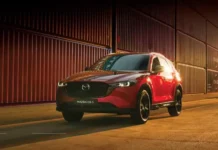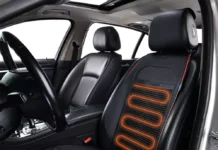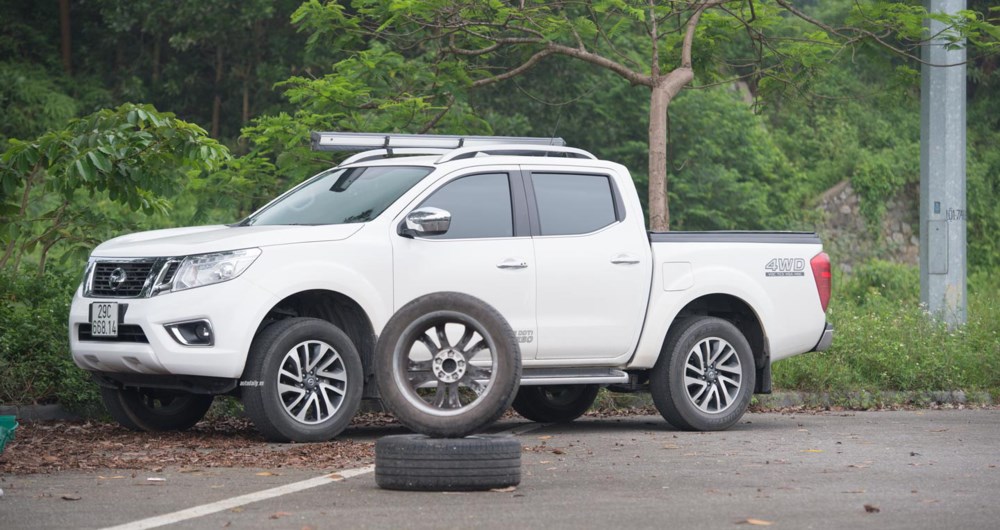Every vehicle is made up of thousands of components, so pinpointing the exact cause can be challenging, but the phenomenon of vehicle shaking can stem from the following main reasons:
1. Tire:
After a period of use, tires can wear unevenly, resulting in uneven surfaces. These “heavy spots” and “light spots” can cause the vehicle to bounce when driving. If the heavy spot is in the middle of the tire, it will cause the vehicle to bounce up and down while driving. If the heavy spot is on the side of the tire, it will cause the tire to be imbalanced. This will make the tire shake from side to side while driving, similar to spinning an uneven or weighted object.
This phenomenon can be easily fixed by using dynamic tire balancing devices in repair shops. The technician will add small lead weights with different weights to the “light spots” to balance them.
Modern suspension systems are lighter, which allows the vehicle to better grip the road and gives the driver a better feel for the road conditions. However, this also makes it easier for vibrations to be transmitted into the passenger compartment. Tire imbalance can be felt at speeds of around 50 km/h and is most pronounced at speeds of around 80 km/h. If the vibrations are felt through the steering wheel, the front tires should be checked. If the vibrations are felt more in the rear seats, then the rear tires should be balanced.
2. Wheel:
When driving, the wheel may hit the curbs, which may not cause damage immediately but can lead to shaking later. This is because the wheel or axle may become bent, causing the rotational movement of the wheel to deviate from its intended path, resulting in vibrations. It can also be as simple as losing the balance weights used for dynamic balancing.
The bending of the wheel or axle can be checked by a technician using a measuring tool to measure the deviation. Most manufacturers allow for no more than 1/32 of an inch deviation. Steel wheels can be straightened. Aluminum wheels (cast wheels) may need to be replaced.
3. Brake system:
Vibrations occur when braking, indicating that the brake drum or disc may be bent, warped, or unevenly worn. Excessive dirt on the brake drum or disc surface can also cause this phenomenon. This is most noticeable at high speeds because the rotating parts experience uneven forces from the brake pads, resulting in large impacts that cause shaking or jerking. To fix this, the brake disc or drum is usually removed, cleaned, and straightened if bent.
If the cause is uneven wear, the solution is to cut off the outer layer of the disc to make the surface flat and smooth. This not only prevents vibrations but also improves braking performance by removing the hardened metal layer on the surface. However, this method should not be overused as it will reduce the lifespan of the brake disc or drum.
4. Powertrain system:
The powertrain system consists of various components such as the gearbox, drive shafts, universal joints, main drive, and differential gear, used to transfer motion from the engine to the wheels. During operation, these components undergo continuous rotational movement, so damage or wear in any of these components can cause vehicle shaking.
Worn or loose universal joints can cause vibrations, especially during acceleration or deceleration. This is understandable because the rotational speed of the drive shaft is 3-4 times higher than the speed of the wheels. Check the universal joints and replace them if they are loose. Continuing to use a worn universal joint can not only cause shaking but also generate unpleasant noise.
5. Engine:
Some people may find it unreasonable, especially with modern engines. However, we must acknowledge the fact that when the engine is running, hundreds of different components are involved in rotational movements. Despite the optimal balance achieved through balancing shafts, the involvement of hundreds of different components with different rotation speeds still causes certain vibrations.
To eliminate these vibrations, manufacturers typically mount the engine on rubber mounts (engine mounts), which is why we hardly feel any vibrations when the vehicles are new. However, after a period of use, the elasticity of these rubber mounts gradually decreases, leading to the appearance of vibrations.
Additionally, if the engine experiences misfiring (one of the cylinders not firing), the shaking and jerking will be clearly felt. Misfiring can be easily checked by disconnecting one high-pressure line at a time from the spark plugs on the engine. If the engine’s vibration does not change when a line is disconnected, it indicates that the cylinder is not working. Depending on the cause, different solutions can be implemented to address this issue.
Note: The source of this information is from a user called “anhduc_car” on the forum.autodaily.vn.









































![[QUICK REVIEW] Nissan Kicks e-Power: A Refreshing Hybrid Journey](https://vnauto.net/wp-content/uploads/2024/02/xehay-NissanKicks-02112022-4-100x70.jpg)